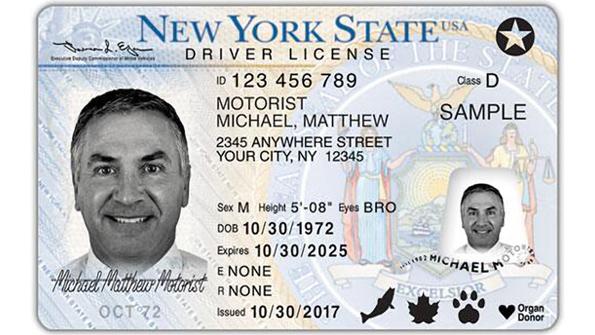Commentary: Why US Real ID For Air Travel Is A Bad Idea

The US Congress passed the Real ID Act in 2005 in response to the 9/11 terrorist attacks. Implementation has been postponed yet again to May 7, 2025. Real ID is bad policy, especially economically, socially and politically.
The act requires states to implement uniform standards for the issuance of driver’s licenses and other photo IDs if they are to be accepted for domestic US air travel. The aim is to eliminate fraudulent licenses, but it is seriously flawed for at least three reasons:
- The US Constitution and Supreme Court recognize and protect the right to interstate travel without governmental abridgment, and requiring a Real ID driver’s license or passport represents such an abridgement.
- The age groups with the highest percentage of adults without a driver’s license are 16-19 years old (65.2%, or 14 million), 85 years and older (39.9%, or 2.8 million) and 20 to 24 years (19.2%, or 3.6 million) for a total of 20.4 eligible Americans without driver’s licenses.
- Only 37% of US adults have a valid passport, which would be needed as alternative ID at airport security if a Real ID license was mandated.

Added to this is that there is a large segment of the public that doesn’t even know anything about this policy and who would be blindsided when trying to attend a funeral across the country or attend to an emergency on short notice.
Yes, there are Transportation Security Administration (TSA) signs in airports that warn about this coming policy change. But even those Americans who do fly do so infrequently. For example, Dallas-Fort Worth-based American Airlines said, pre-pandemic, that 89% of its customers flew with the airline just once a year at most.
The people who are most likely to not be aware of a change in identification rules will be those who do not visit airports or fly very often. Signs at TSA checkpoints, or even on airline websites, will likely be ineffective for the vast majority of travelers.
Plus, to obtain a Real ID, people must produce an original birth certificate, a Social Security (SSN) card, proof of citizenship, and/or a marriage license, if relevant, as well as other documents depending on which they state they live in. How would 20 million or so undocumented immigrants ever be able to obtain a Real ID when only 16 states and the District of Columbia allow this group to obtain driver’s licenses? Moreover, Real ID compliant licenses require proof of US citizenship or lawful presence in the US.
Even if you are a US citizen or legal resident, the requirements for a Real ID license are a hassle. In Virginia, for example, people must provide one proof of identity, two proofs of Virginia residency, one proof of legal presence, proof of SSN if issued, and other documents, such as a marriage certificate, if your name has changed. On top of all that, you have to pay a $10 fee.
Post-9/11, the threat to aviation was largely solved by far better security and screening measures at airports (including the establishment of the US Department of Homeland Security, the agency that oversees TSA), as well as locked cockpit doors and passengers who moved from passive to active responders to onboard threats. It began with the passenger response to Flight 93 over Pennsylvania on 9/11. Federal air marshals added more protection.
Real ID was poorly thought out, would be politically unworkable and likely will never get implemented. It does not strengthen air travel security, which is already strong, but if enforced, would add a new layer of hassle for passengers.
Kevin Mitchell is chairman of the US Business Travel Coalition.




